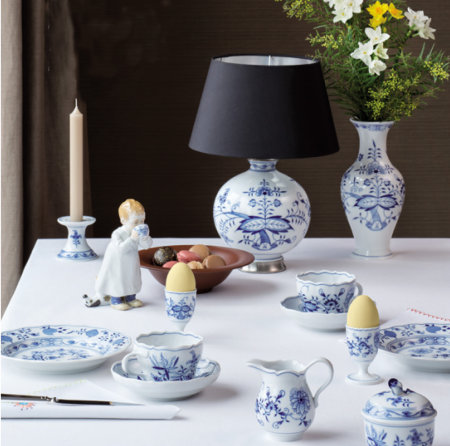The “onion” pattern was originally named “bulb” pattern.
While modeled closely after a pattern first produced by the Chinese the plates and bowls styled in the Meissen factory in 1740 adopted a feel that was distinctly their own. One of the earliest examples is the blue and white porcelains of the early Ming Dynasty in 1420: Because the flowers and fruits pictured on the original Chinese pattern were unknown to the Meissen painters, they created hybrids that resembled more familiar to Europeans. The so-called “onions” are not onions at all, but, according to historians, are most likely mutations of the peaches and pomegranates modeled on the original Chinese pattern. The whole design is an ingeniously conceived grouping of several floral motifs with stylized peonies and asters in the pattern’s center, the stems of which wind in flowing curves around a bamboo stalk.
Request
-
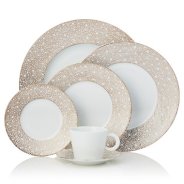
-
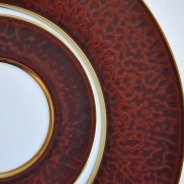
-
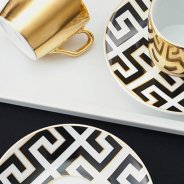
-
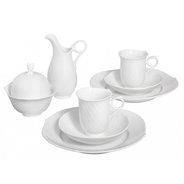 Waves relief
Waves relief -
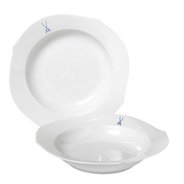 Waves pur
Waves pur


